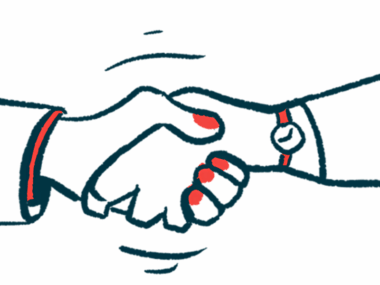Brain Stimulation for Parkinson’s Patients May Improve Slow, Rigid Movement
Written by |

Treating Parkinson’s disease patients with high-frequency repetitive transcranial magnetic stimulation (rTMS) on both sides of the brain’s motor cortex improves bradykinesia (slow movement) and rigidity, according to a clinical trial analysis presented at the Fourth World Parkinson Congress, in Portland, Ore.
The finding resulted from the analysis of a subset of patients from a the trial called “Magnetic Stimulation for the Treatment of Motor and Mood Symptoms of Parkinson’s Disease (MASTER-PD; NCT01080794).”
“Stimulation of the motor area can help Parkinson’s symptoms, and this can be sustained over time,” said Dr. Alessandro Di Rocco, of the Fresco Institute for Parkinson’s & Movement Disorders at NYU Langone Medical Center in New York City, according to Medscape Medical News. “Knowing which symptoms are helped by TMS may be important to define better the target area.”
The MASTER-PD study included Parkinson’s patients with significant medication-resistant motor problems. Compared to a placebo, high-frequency stimulation of both sides of the brain’s motor cortex improved motor symptoms.
To understand exactly what symptoms were improved by the treatment, the team analyzed a subset of 29 patients from the original study. Those assigned to the TMS group received 10 daily sessions of motor cortex stimulation over both sides of the head (2000 stimuli). Researchers then analyzed scores based on the United Parkinson’s Disease Rating Scale Part III (UPDRS III) that were collected at the beginning of treatment and one month later (the higher the value, the more disease had progressed).
Decreases on the scale correlated with reductions in slow movement and rigidity among patients who received cortex stimulation, compared to the control group. Axial symptoms and tremor scores were not significantly different between the two groups.





